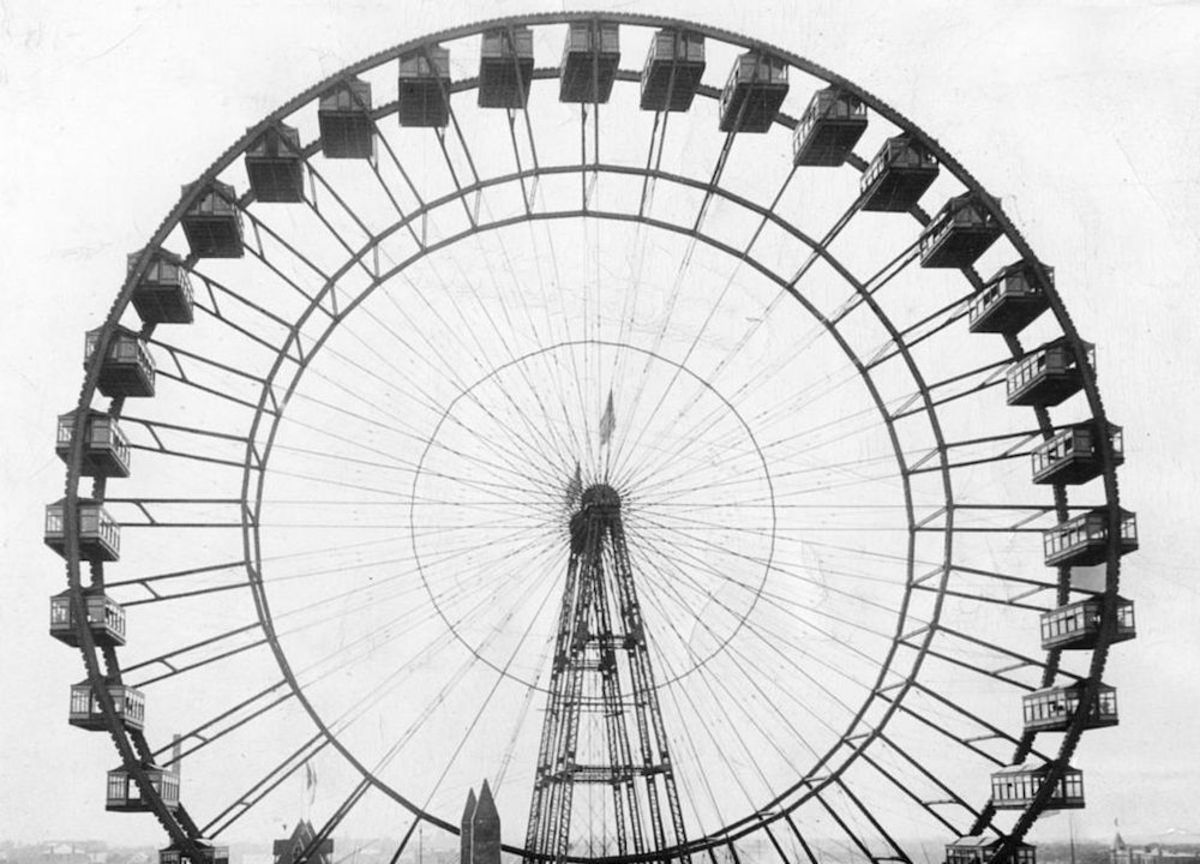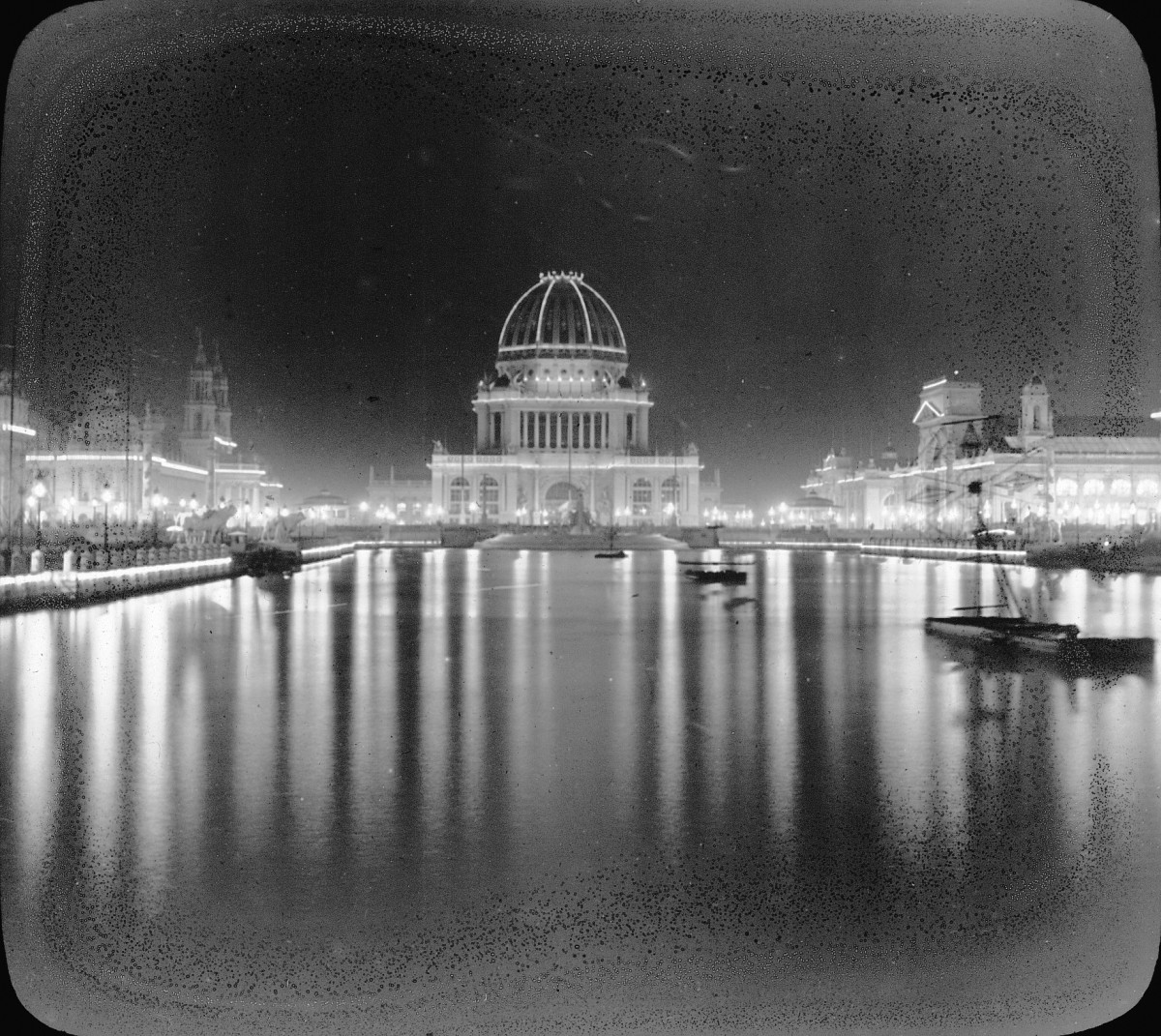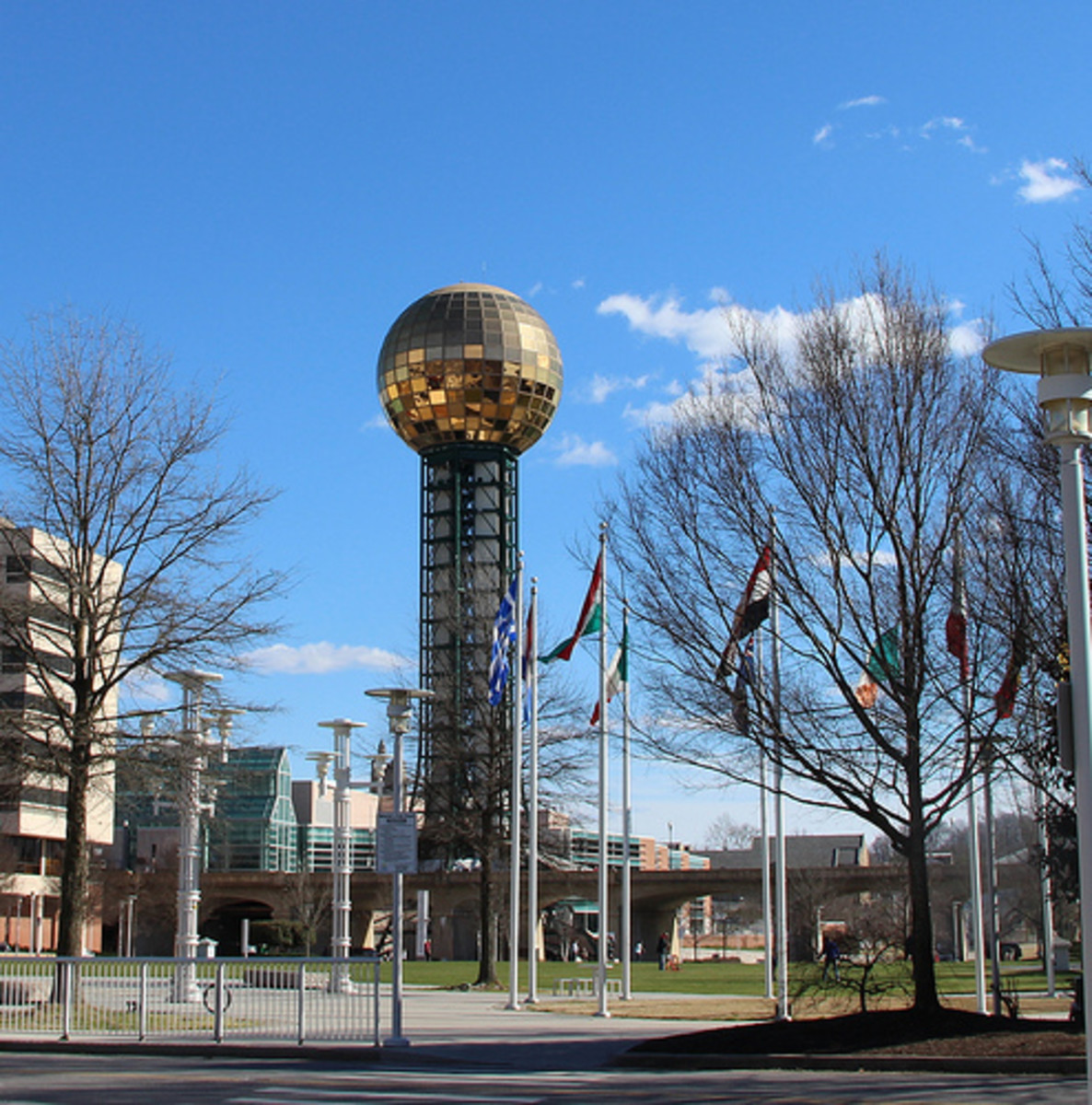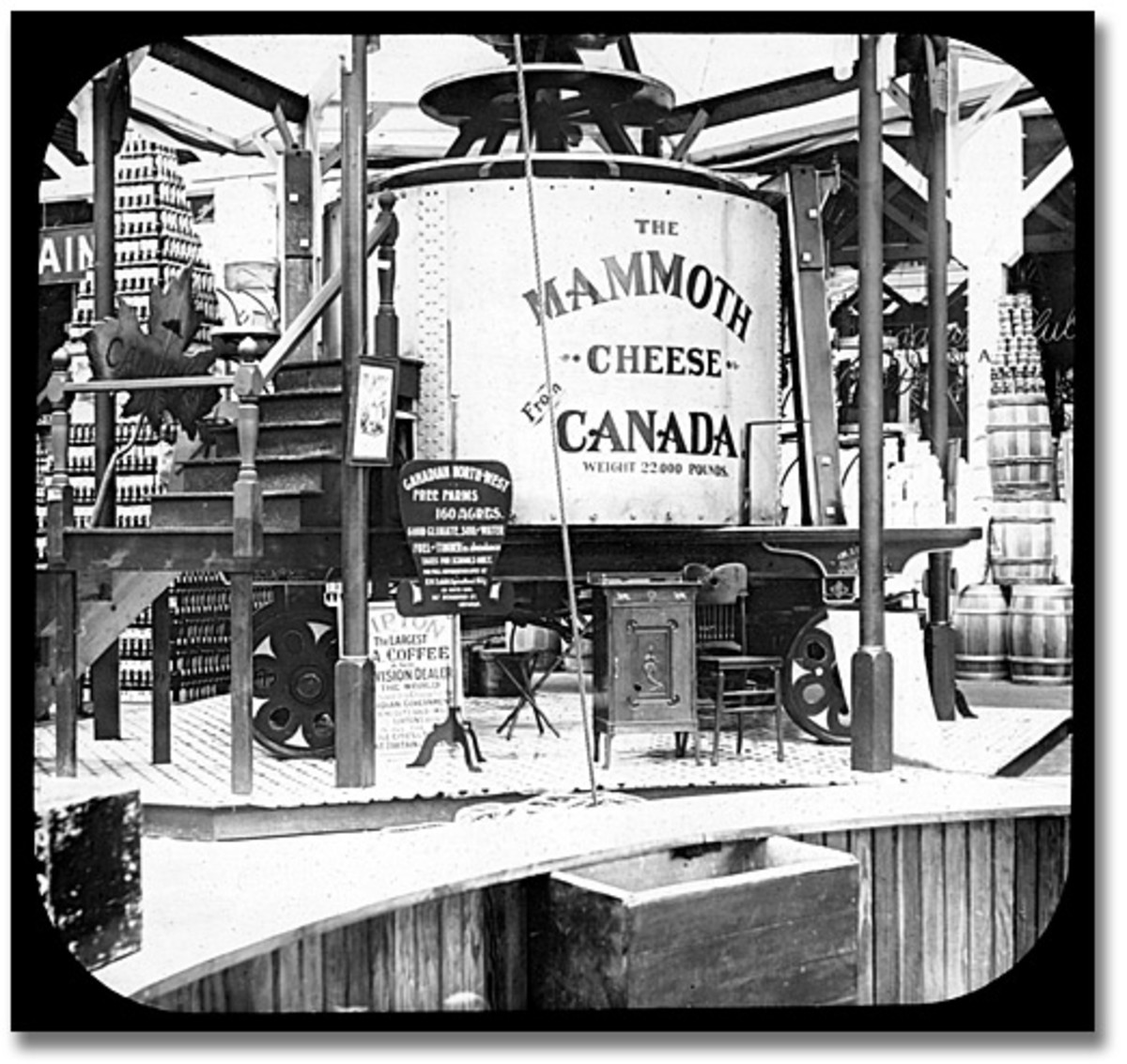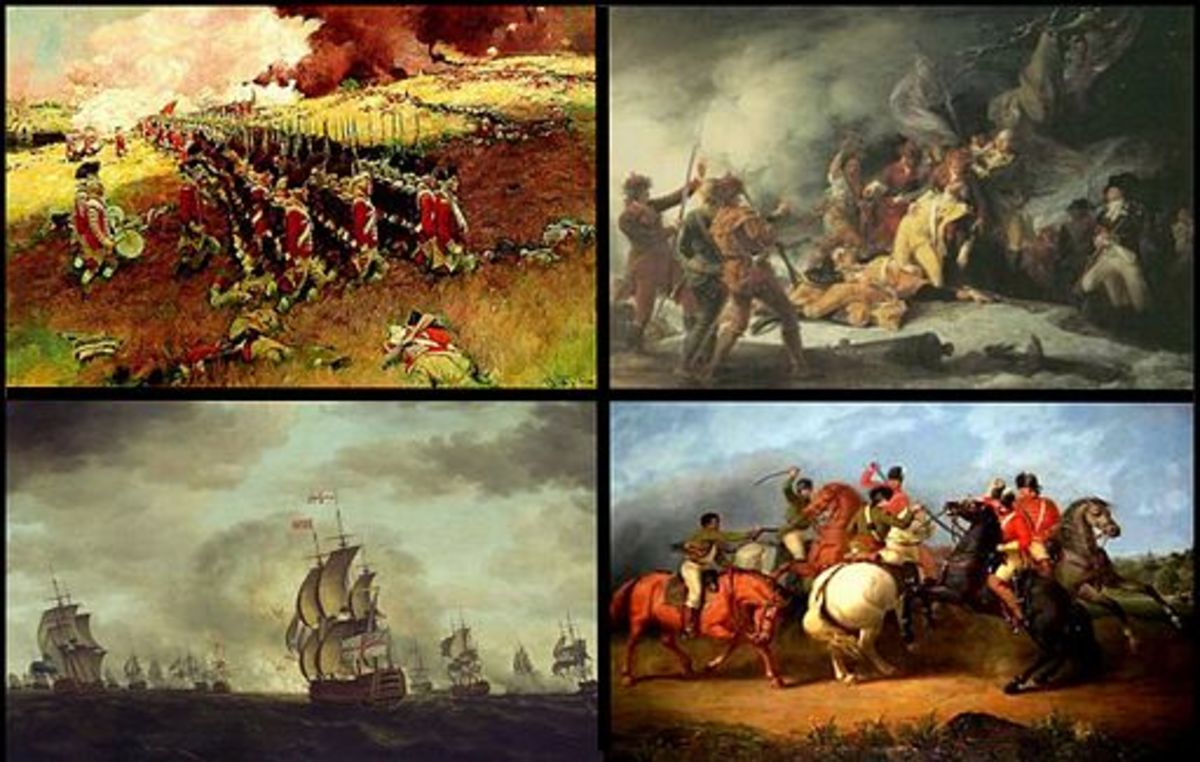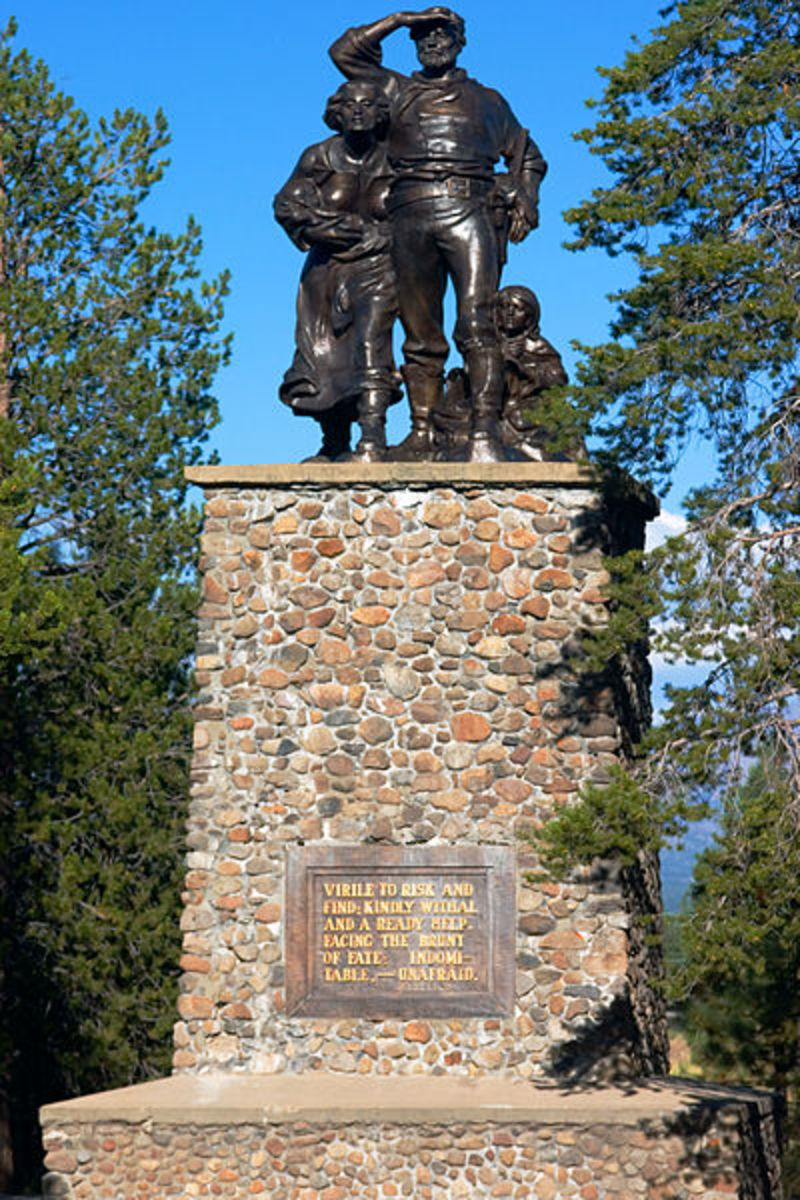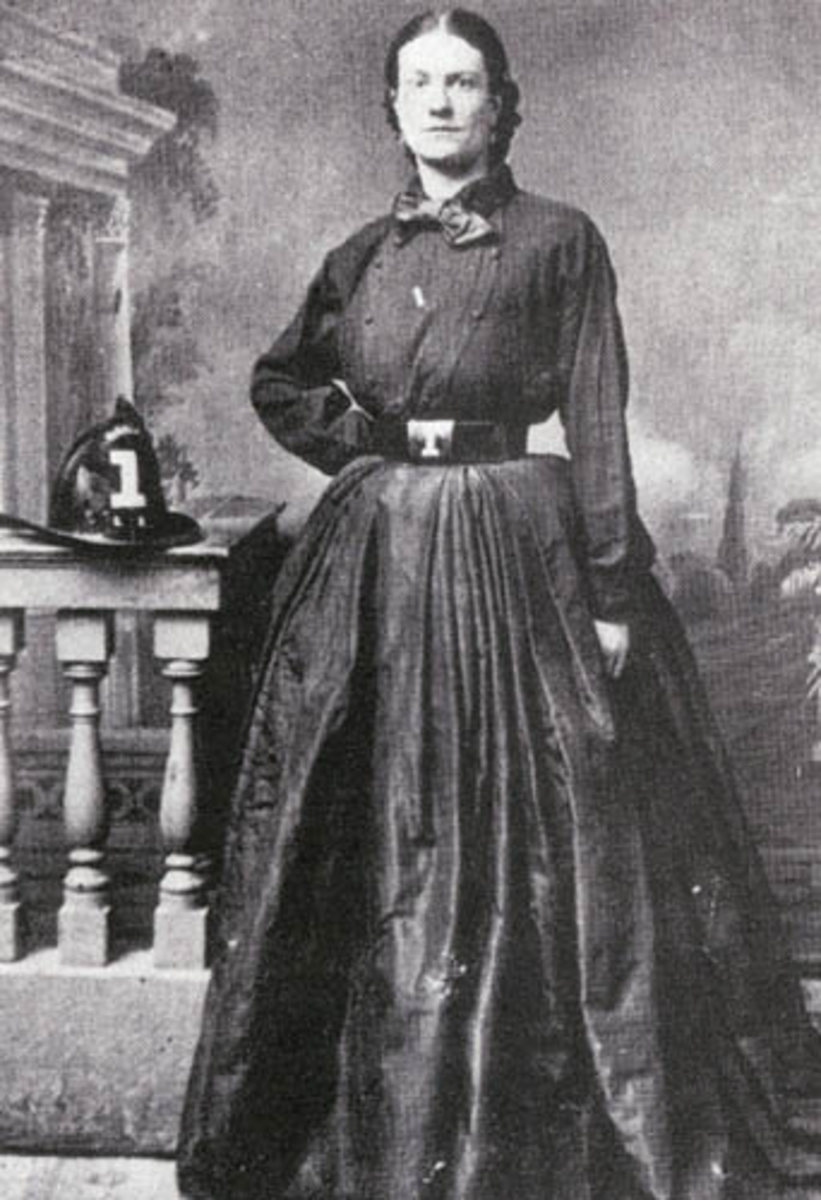- HubPages»
- Education and Science»
- History & Archaeology»
- History of the Americas
1893 WORLD'S COLUMBIAN EXPOSITION
MUSEUM OF SCIENCE AND INDUSTRY
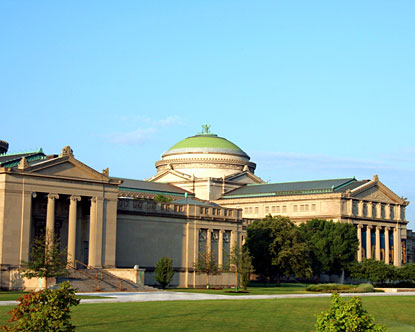
CHICAGO WORLD'S FAIR
Growing up near Chicago, I have gone to the Chicago Museum of Science and Industry many times. The museum itself is wonderful, well worth a visit. But I have always found the building itself very intriguing. The museum used to be the Palace of Fine Arts for the Columbian Exposition and it is the only building remaining from the fair still in Chicago.
Currier and Ives Lithograph
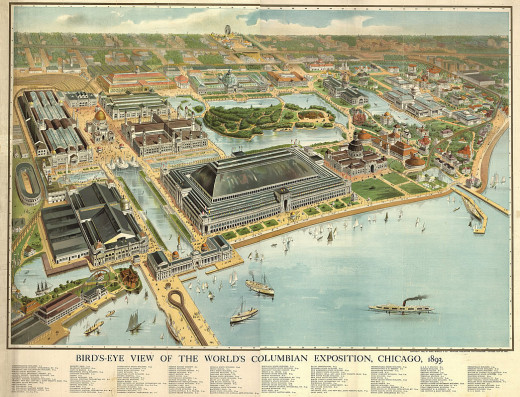
Building today
The museum is huge and there is a large parking lot in front. But during the fair the parking lot was a lake connected to the rest of the fair by canals. If I could go back in a time machine it would be to 1893 Chicago and see the wonders and sights of the World’s Columbian Exposition.
CRYSTAL PALACE
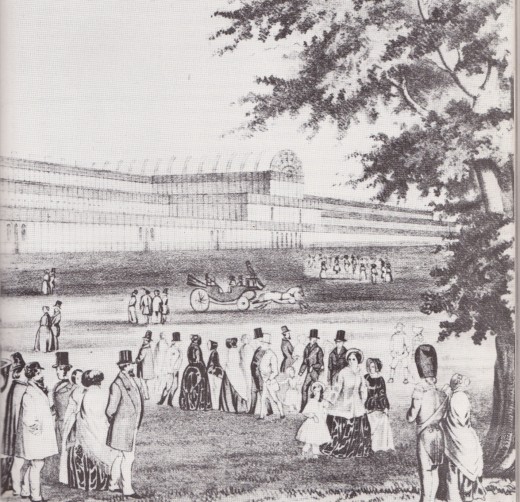
FIRST WORLD'S FAIR
Prince Albert, consort of Queen Victoria, was the founder of World’s Fair. His Great Exposition of 1851 was the model of all the fairs to come; grand architecture, educational exhibits, fine art and massive displays of commercial products. Prince Albert’s fair attraction millions of visitors and introduced many people to new products and taught them about the world around them. This fair was unique; it turned a profit. The money was used to build museums in London. The profit motive was one of the reasons for subsequent fairs, unfortunately few of them made any money.
WORLD'S FAIR MAP
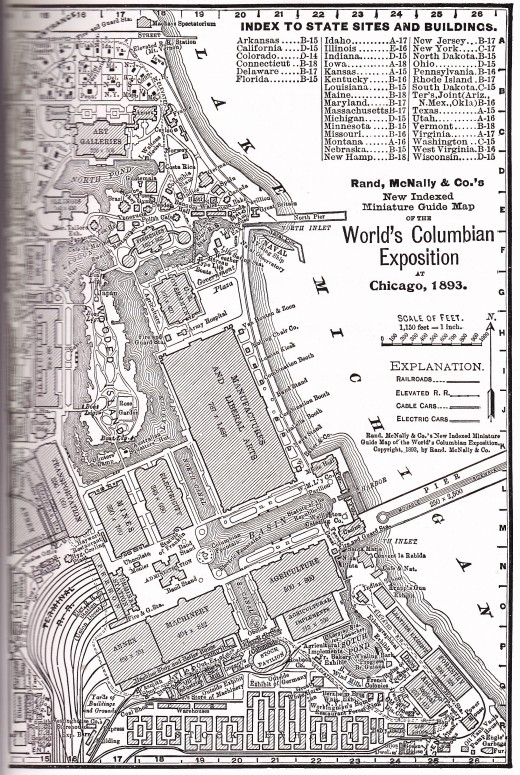
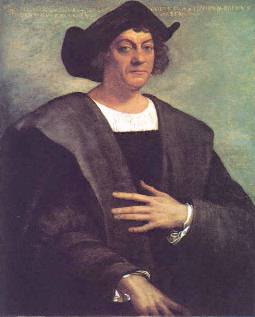
COMMEMORATION OF COLUMBUS
The Chicago fair made only a small profit. But it didn’t matter. The World Columbian Exposition put Chicago on the map. No longer could it be considered a backwater, it took its place as a major city, architectural innovator and industrial powerhouse.
The fair was organized to celebrate the 400th anniversary of the discovery of America by Columbus. The Chicago Fair ended up being a year late, which is pretty much par for the course in Chicago. The idea of a fair commemorating the discovery was in the air, no one person can claim the idea. Many communities, including Baltimore and St. Louis were interested in having a fair. In 1888, Washington DC was selected in a bill introduced to the US Congress, to appropriate money for a fair in that city.
NORWAY VIKING SHIP
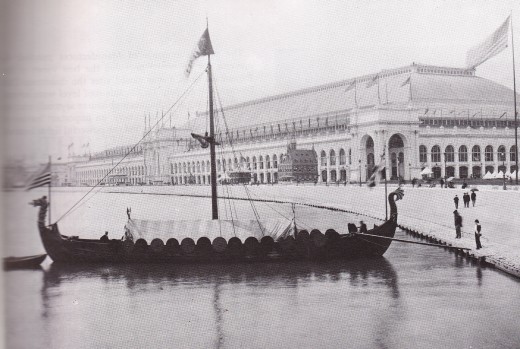
ADMISSION TICKET
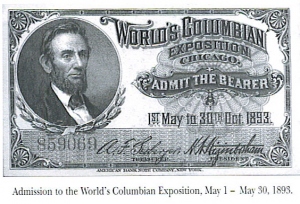
COMPETITION FOR FAIR
But other American cities were eager for the honor and a competition was started. Chicago, St. Louis, New York and Washington DC were the important contenders. They all tried to make their case to the lawmakers. Chicago had the advantage of its central location, railway access and available land. New York was the more obvious choice, but it didn’t have an available site in the city. Citizens of New York would not allow Central Park to be turned into a fair site and there wasn’t really any other place to put a large fair.
WORLD'S FAIR JOURNAL
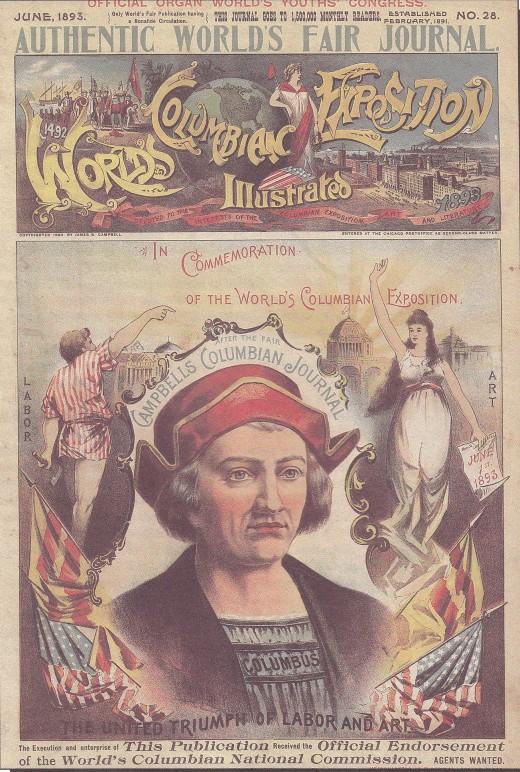
CHICAGO THE WINNER
So Chicago won the prize. Chicago is bordered by Lake Michigan and there were several large parks on the lakefront. To pay for the fair, Congress had appropriated 5 million dollars and the Chicago fair planners secured money from many businesses and individuals. The city issued 5 million dollars in bonds and sold licenses for products to sell at the fair. The fair was determined to cost at least 14 million, this was way off, the cost was eventually doubled.
All that financing was necessary to get the fair built and ready for visitors. After the fair opened, it was anticipated that the millions of visitors would pay for the fair. The cost for a day’s visit was 50 cents and ultimately the fair took in 11 million dollars in admission fees.
World's Fair Slideshow
OLMSTED
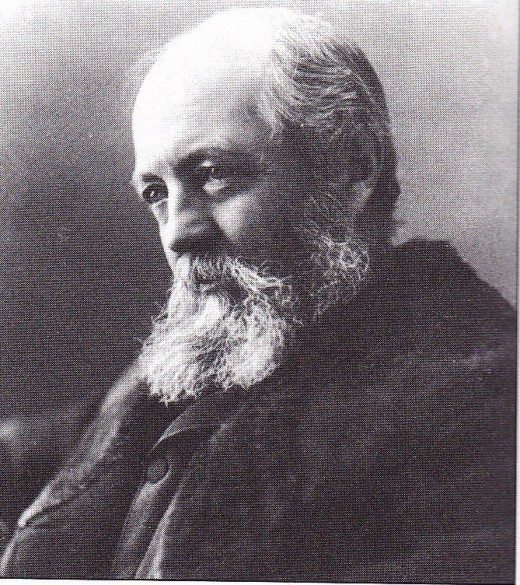
DESIGN OF FAIR SITE
Daniel H. Burnham was the chief of construction and Colonel George R. Davis was the director general of the fair. Chicago won the right to host the fair in 1890 and within a few months Jackson Park was determined to be the best site for the fair. Fredrick Law Olmsted made the final selection of the park. Olmsted, who had designed New York Central Park, along with other noted urban parks, went to work on the fair site.
Since the park was on the shores of Lake Michigan, it was Olmsted’s idea to use the nearby water to create a series of canals and ponds throughout the world’s fair site. The desired effect was of recreating the canals of Venice. In fact, when the park opened authentic gondoliers from Venice took people on boat rides throughout the park.
JACKSON PARK
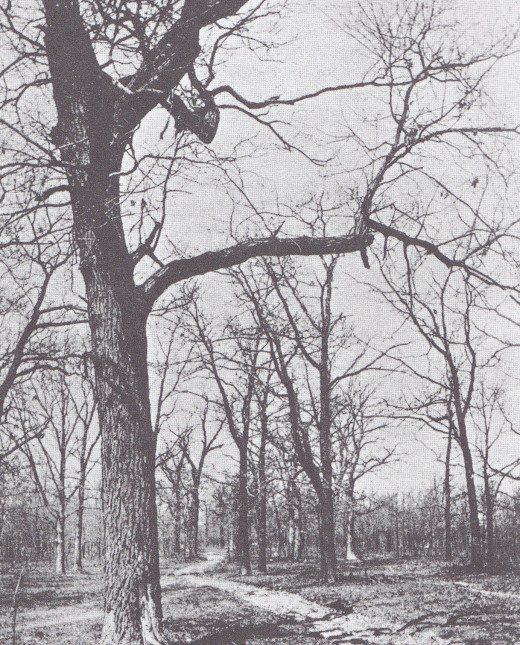
PARK LAND AND BUILDINGS
The triangular piece of land was about 600 acres and a few miles from downtown Chicago. Of course, now the city has grown to surround the former fair site. The center piece of the fair layout was a large lagoon and the Grand Basin. The major buildings of the fair would be constructed around these bodies of water. There would be 3 miles of canals throughout the park.
There were 14 main exhibition buildings, each state and territory had its own building. There were also be many smaller exhibit halls throughout the fairgrounds. Almost 100 countries also erected buildings or had exhibits in the larger halls. The park was divided into the main fair area in Jackson Park and an adjoining Midway area. This was the first Midway at a world’s fair and would be very popular with fairgoers.
FERRIS WHEEL
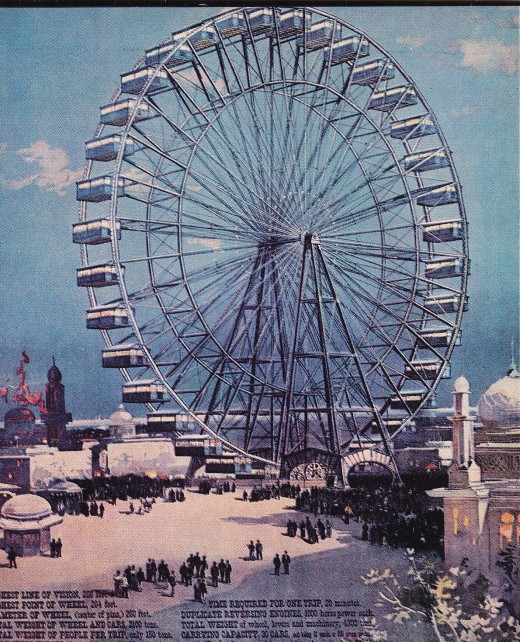
MANUFACTURING BUILDING UNDER CONSTRUCTION
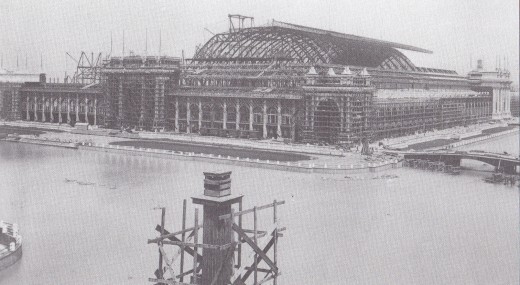
CONSTRUCTION
Many different architects would design buildings for the fair and they were given somewhat free rein. But the large exhibition halls had to have a classical design and needed to be in white. The large, gleaming white buildings led to the fair being called The White City. Constructions started early in 1891, tens of thousands of workers toiled on the site in all weather.
Thousands of gawkers paid 25 cents to tour the grounds under construction. All of the buildings were quite impressive, despite the fact that they were designed to be temporary stuctures. Construction was so complex that the fair could not open on the actual 400 year anniversary. But on May 1, 1893, the Chicago World’s Fair opened to great acclaim.
VIEW FROM ROOF OF MANUFACTURERS BUILDING
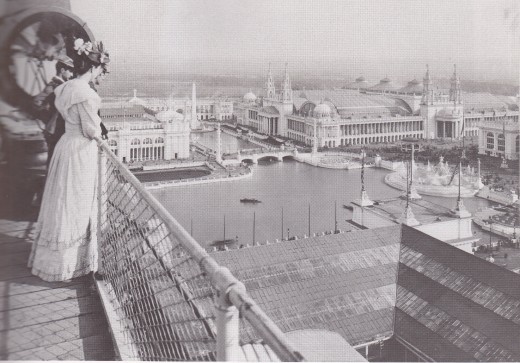
SUCCESS
The World’s Columbian Exposition in 1893 was more than just a successful, exciting fair. The fair made Chicago a world class city. The fair introduced many Americans to electricity, advances in transportation and many modern products. Noted historian Frederick Jackson Turner stated during the exposition that “The West is now closed.” The Chicago World’s Fair was in many ways the beginning of the 20th century.


